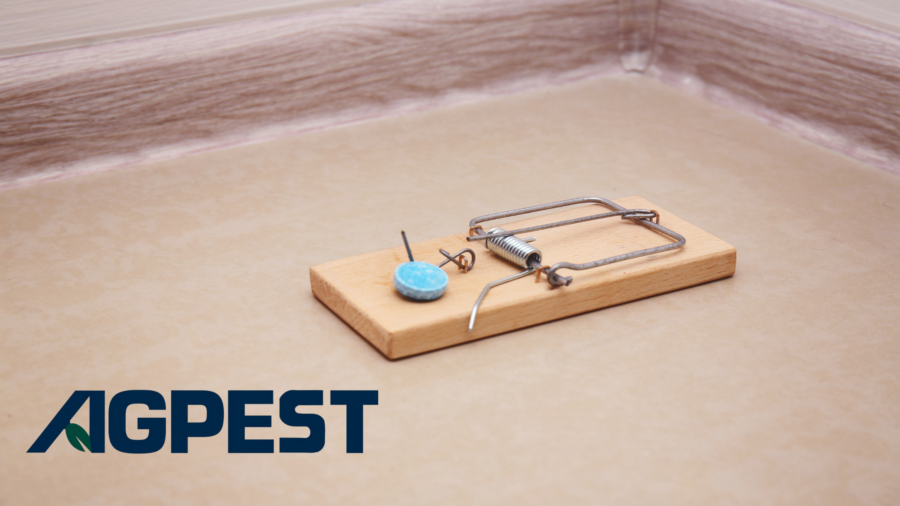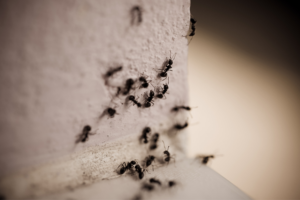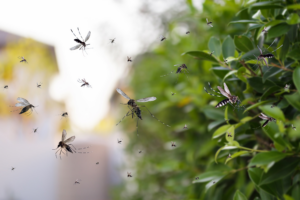When it comes to managing pests in your San Diego home, it’s important to understand the different pest control methods available and how they can help you maintain a pest-free environment. Effective pest control services involve more than just eliminating pests—they require a comprehensive approach that includes prevention, monitoring, and treatment. In this blog post, we’ll explore the three main types of pest control—physical, biological, and chemical—discuss their benefits, and offer tips on preventing household pests.
The Benefits of Professional Pest Control
Professional pest control services offer several advantages over DIY methods. These benefits include:
- Expertise and Experience: Pest control professionals have the knowledge and experience to identify the specific pests you’re dealing with and choose the most effective treatment method.
- Customized Solutions: A professional will assess your home’s unique needs and provide tailored solutions for long-term pest control.
- Safety: Professionals use industry-standard practices and products that are safe for your family and pets.
- Preventative Measures: In addition to treating current infestations, pest control experts can help you implement measures to prevent future problems.
Now, let’s delve into the three primary types of pest control:
Physical Pest Control
Physical pest control involves the use of barriers, traps, and manual removal to manage pest populations. This method is often employed to address immediate issues and is effective in both residential and commercial settings.
Common Physical Pest Control Methods:
- Traps: Snap traps, glue traps, and live traps are used for capturing rodents and insects.
- Barriers: Sealing entry points and installing screens can prevent pests from entering your home.
- Manual Removal: This involves physically removing pests, such as picking off insects from plants or using vacuums for spiders and other small pests.
Benefits:
- Non-toxic and safe for homes with children and pets.
- Provides immediate relief from pests.
- Allows for direct observation of the problem.
Biological Pest Control
Biological pest control uses natural predators, parasites, or pathogens to control pest populations. This method is eco-friendly and helps maintain the balance of local ecosystems.
Common Biological Pest Control Methods:
- Predatory Insects: Introducing beneficial insects, such as ladybugs, that prey on harmful pests like aphids.
- Parasites: Using parasitic wasps that lay eggs inside pest insects, eventually killing them.
- Pathogens: Applying naturally occurring microorganisms, such as certain bacteria or fungi, that infect and kill pests.
Benefits:
- Environmentally friendly and reduces the need for chemical treatments.
- Can provide long-term pest management by establishing natural controls.
- Reduces the risk of pest resistance that can occur with chemical treatments.
Chemical Pest Control
Chemical pest control involves the use of pesticides to eliminate pests. This method is highly effective for managing large infestations and can be used in conjunction with other control methods.
Common Chemical Pest Control Methods:
- Insecticides: Chemicals designed to kill or repel insects.
- Rodenticides: Poisons specifically formulated to eliminate rodents.
- Herbicides: Chemicals used to control unwanted plants and weeds.
Benefits:
- Quick and effective in eliminating pests.
- Provides targeted control for specific pest problems.
- Can cover large areas and hard-to-reach places.
Safety Considerations:
- Always follow label instructions and safety precautions.
- Consider hiring a professional to handle chemical treatments to ensure safe application and avoid potential health risks.
Preventing Household Pests
In addition to choosing the right pest control method, prevention is key to maintaining a pest-free home. Here are some tips to help you prevent pest infestations:
- Seal Entry Points: Check for and repair any cracks or gaps in your home’s foundation, walls, and windows.
- Maintain Cleanliness: Keep your home clean and free of food debris that can attract pests.
- Proper Storage: Store food in sealed containers and keep your pantry organized.
- Regular Inspections: Periodically inspect your home for signs of pests and address any issues promptly.
- Professional Services: Schedule regular pest control services to monitor and address potential problems before they escalate.
By understanding and utilizing the different types of pest control methods, you can effectively manage and prevent pest problems in your San Diego home. Whether you need physical, biological, or chemical control, a professional pest control company can help you choose the best approach for your specific needs.
For a comprehensive pest control solution tailored to your home, request a free pest control quote today from your local pest control experts. Don’t wait for pests to become a problem—take proactive steps to ensure a pest-free environment for you and your family.



